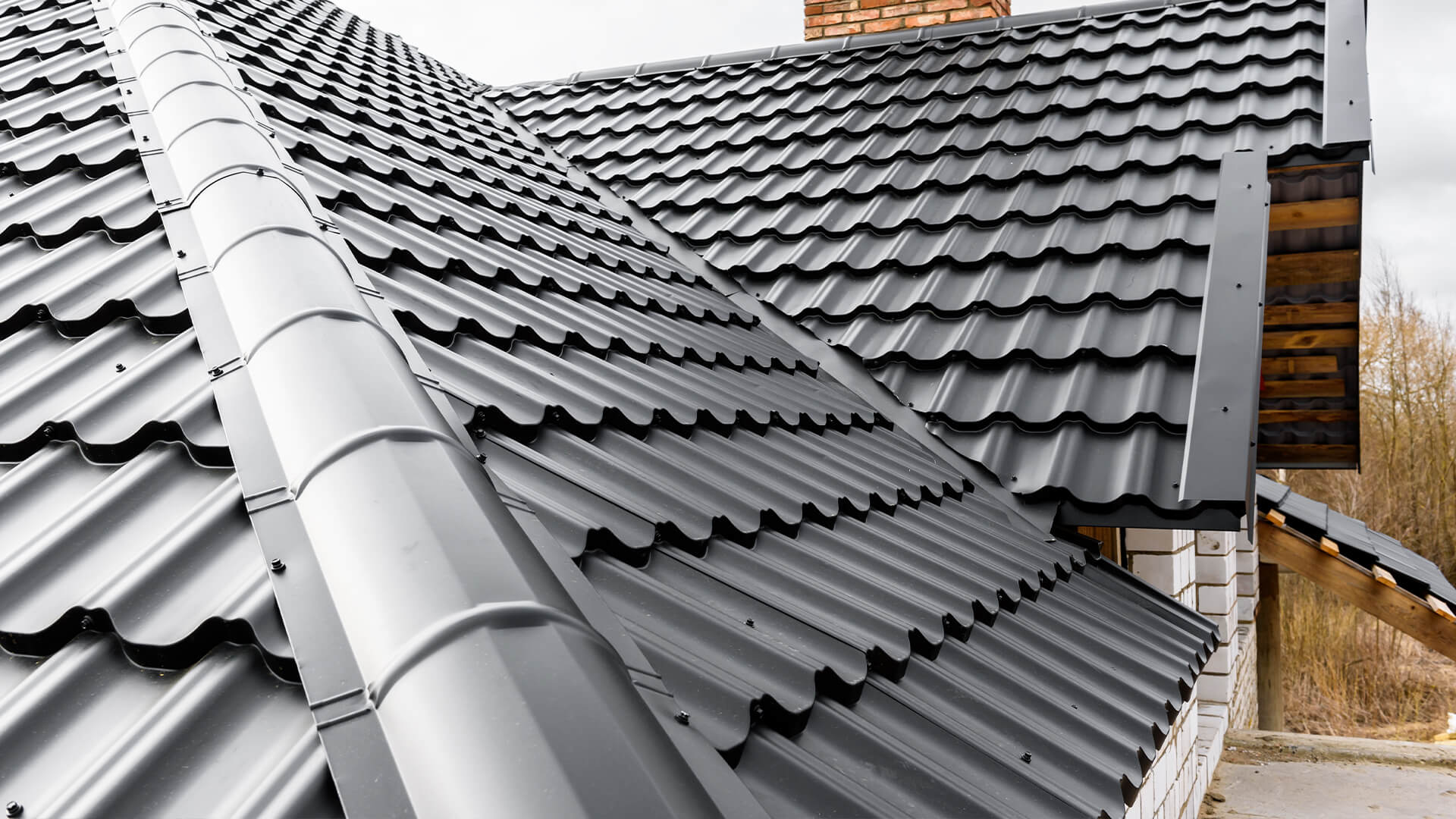Necessary Concerns to Ask Gainesville Roofing Companies Prior To Working With
Necessary Concerns to Ask Gainesville Roofing Companies Prior To Working With
Blog Article
Best Practices for Ensuring Correct Roof Ventilation
Making sure correct roof air flow is important for the durability and effectiveness of a roof covering system. A balanced consumption and exhaust vent proportion, generally 1:300, plays a crucial role, with consumption vents ideally positioned at the reduced edge of the roofing for trendy air entrance and exhaust vents at the optimal for cozy air leave. Routine assessments to identify obstructions and preserve clear air movement are extremely important. Keeping insulation away from vents is crucial to avoid air flow constraint. Understanding these foundational components establishes the phase for more thorough insights into installation and maintenance techniques that can substantially enhance your roof covering system's efficiency.
Understand Air Flow Basics
Appropriately comprehending air flow fundamentals is important for guaranteeing the longevity and effectiveness of roof. Effective air flow alleviates wetness build-up and temperature extremes in the attic room, both of which can bring about significant architectural damage gradually. A well-ventilated roof covering helps in protecting against typical problems such as mold growth, wood rot, and ice dams, which can compromise the stability of the roof products and the underlying structures.
The primary goal of air flow is to promote the movement of air, enabling a regular exchange in between the outdoor and interior atmospheres. This equilibrium is achieved with a mix of consumption and exhaust vents that work together to maintain ideal airflow. Consumption vents, generally located along the soffits or eaves, enable fresh air to go into the attic room space, while exhaust vents, frequently located at or near the roof covering ridge, enable warm, humid air to run away.
Secret elements affecting the performance of roofing system air flow consist of correct placement, adequate sizing, and making sure that both consumption and exhaust vents are unobstructed. Normal assessment and upkeep are critical to recognize potential blockages, damages, or inefficiencies in the air flow system, thereby guarding the roofing's performance and toughness.
Kinds Of Roof Vents
Roof covering vents play a crucial function in preserving efficient attic room ventilation and, by expansion, the overall wellness of the roof system. Different types of roof covering vents are offered, each with special advantages customized to details roofing demands. Ridge vents, as an example, are mounted along the roofing's peak, allowing cozy, humid air to leave from the attic. They use continual ventilation and blend perfectly with the roofline, making them both efficient and aesthetically pleasing.

Soffit vents are mounted under the eaves and work in tandem with roofing system vents to make sure a balanced consumption and exhaust system. By allowing cooler air to go into from below, soffit vents assist in the expulsion of warm air with upper vents. Gable vents, located on the outside walls of the attic room, offer another efficient option, particularly in homes with gable roof coverings.
Evaluate Your Current Ventilation

Following, think about the age and condition of your roof covering products and air flow parts. Older systems may not adhere to existing building codes or might have degraded see this site in time, minimizing their effectiveness. Conduct a thorough evaluation to identify any type of indicators of wear and tear, such as rust, damages, or voids that can endanger the system's efficiency.
Additionally, measure the attic temperature and moisture levels. High temperature levels and humidity can sites indicate poor ventilation.
Installation Best Practices
Efficient installation of roofing ventilation systems is extremely important for ensuring optimum performance and durability. Appropriate installation begins with comprehending the certain ventilation demands of the building and the roofing it covers. This involves determining the correct proportion of consumption to exhaust vents, typically adhering to the 1:300 rule, which stipulates one square foot of air flow for every 300 square feet of attic room flooring space.

Intake vents ought to be mounted at the roof's lower edge, usually in the soffits, to permit amazing air to get in. Exhaust vents, on the various other hand, should be mounted near or at the roofing's peak to facilitate the departure of cozy, damp air.
Seal all vent links carefully to avoid air leaks and possible water infiltration. Usage premium materials and comply with maker standards to ensure durability and effectiveness. Additionally, incorporating ridge vents with baffles can substantially boost airflow efficiency by protecting against wind-driven rain and snow from getting in the attic.
Eventually, exact setup of roof air flow systems minimizes possible issues such as mold growth, ice dams, and architectural damages, guaranteeing the roof covering's integrity and the structure's overall health.
Regular Maintenance Tips
Uniformity in upkeep methods is essential to making certain the long-lasting effectiveness of roof ventilation systems. Normal evaluations are essential, preferably carried out biannually-- in the spring and fall. During these evaluations, ensure that vents are devoid of debris, nests, and official website other obstructions that can hamper air movement. Examine for any type of indications of dampness build-up or mold, as these can show incorrect air flow or leaks (gainesville roofing companies).
Use a soft brush or a vacuum to eliminate dirt and debris from consumption and exhaust vents. Be mindful not to damage the vent screens or louvers throughout the procedure.
Proper insulation is equally essential. Make certain that attic room insulation does not block the vents, as this can drastically restrict air movement. If any insulation has shifted or cleared up, reposition or replace it to maintain an efficient obstacle.
Finally, change any type of damaged or missing components without delay. Broken vents, broken roof shingles, or shabby blinking can all add to inadequate ventilation and should be dealt with right away. Routine maintenance guarantees that the roofing ventilation system functions efficiently, consequently prolonging the life expectancy of the roofing system itself.
Verdict
Making sure appropriate roofing air flow is extremely important for preserving the efficiency and resilience of a roof. Adherence to the 1:300 intake and exhaust air vent ratio, combined with the strategic positioning of vents, is vital. Normal semiannual evaluations, debris cleansing, and guaranteeing insulation does not obstruct air movement are crucial practices. Carrying out these best techniques will foster a well-ventilated roofing system, therefore alleviating potential concerns associated with moisture build-up and extreme warmth, eventually prolonging the roof's life-span.
A well balanced intake and exhaust air vent proportion, generally 1:300, plays a critical function, with intake vents preferably positioned at the reduced edge of the roofing system for amazing air entrance and exhaust vents at the optimal for cozy air exit. Intake vents, usually located along the eaves or soffits, enable fresh air to get in the attic room, while exhaust vents, typically located at or near the roofing system ridge, make it possible for hot, humid air to run away.
Soffit vents are set up under the eaves and work in tandem with roofing system vents to guarantee a well balanced intake and exhaust system. By allowing cooler air to enter from below, soffit vents assist in the expulsion of warm air through top vents. Adherence to the 1:300 consumption and exhaust vent ratio, paired with the tactical placement of vents, is necessary.
Report this page